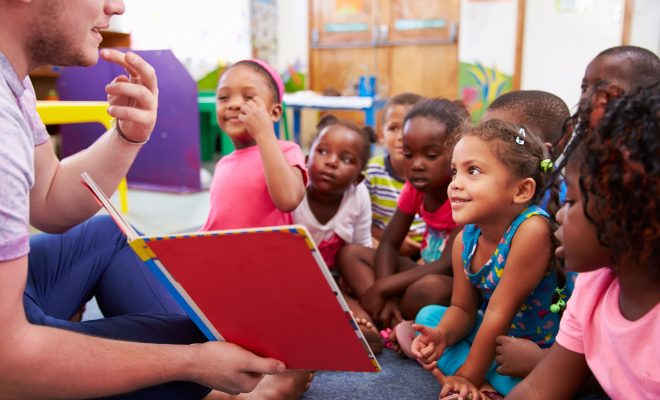Activities to Teach Students to Identify the First, Second, and Last Sound in a Word

Phonemic awareness is an essential foundation for learning how to read and write. One of the key components of phonemic awareness is the ability to identify the first, second, and last sound in a word. Teachers can help students develop this skill through various activities.
1. Sound Stretching
The teacher can model stretching out words and asking students to listen for the first, second, and last sounds. For example, the teacher might stretch out the word “cat” (/k/ /a/ /t/) and ask the students to identify the first, second, and last sounds.
2. Picture Sorts
The teacher can use pictures to help students identify the first, second, and last sounds in words. For example, the teacher might show pictures of a cat, a dog, and a pig. The students would then sort the pictures based on the first sound in the word.
3. Sound Scavenger Hunt
The teacher can create a scavenger hunt where students search for objects that start with a particular sound. For example, the teacher might ask students to find objects that start with the sound /w/.
4. Sound Boxes
The teacher can create sound boxes by drawing rectangles on a piece of paper. Each rectangle represents a sound in a word. The teacher can then use magnetic letters or letter tiles to spell out words, and students can place the letters in the sound boxes to identify the first, second, and last sounds.
5. Rhyming Games
The teacher can play rhyming games with students to help them identify the first, second, and last sounds in words. For example, the teacher might say a word, and students would then come up with words that rhyme and identify the first, second, and last sounds in the words.
In conclusion, teaching students to identify the first, second, and last sounds in a word is a critical component of phonemic awareness. Teachers can use a variety of activities to help students develop this skill, including sound stretching, picture sorts, sound scavenger hunts, sound boxes, and rhyming games. By incorporating these activities into their instruction, teachers can help their students become successful readers and writers.


